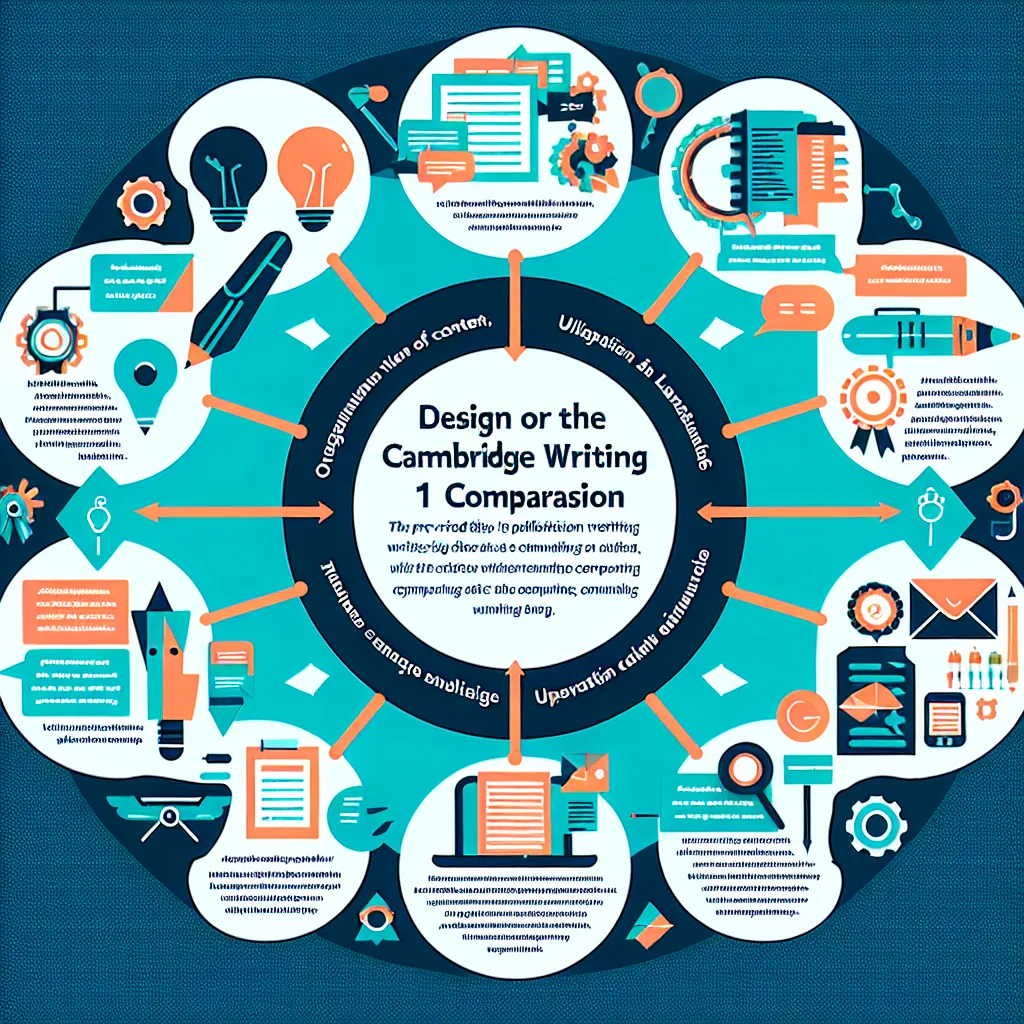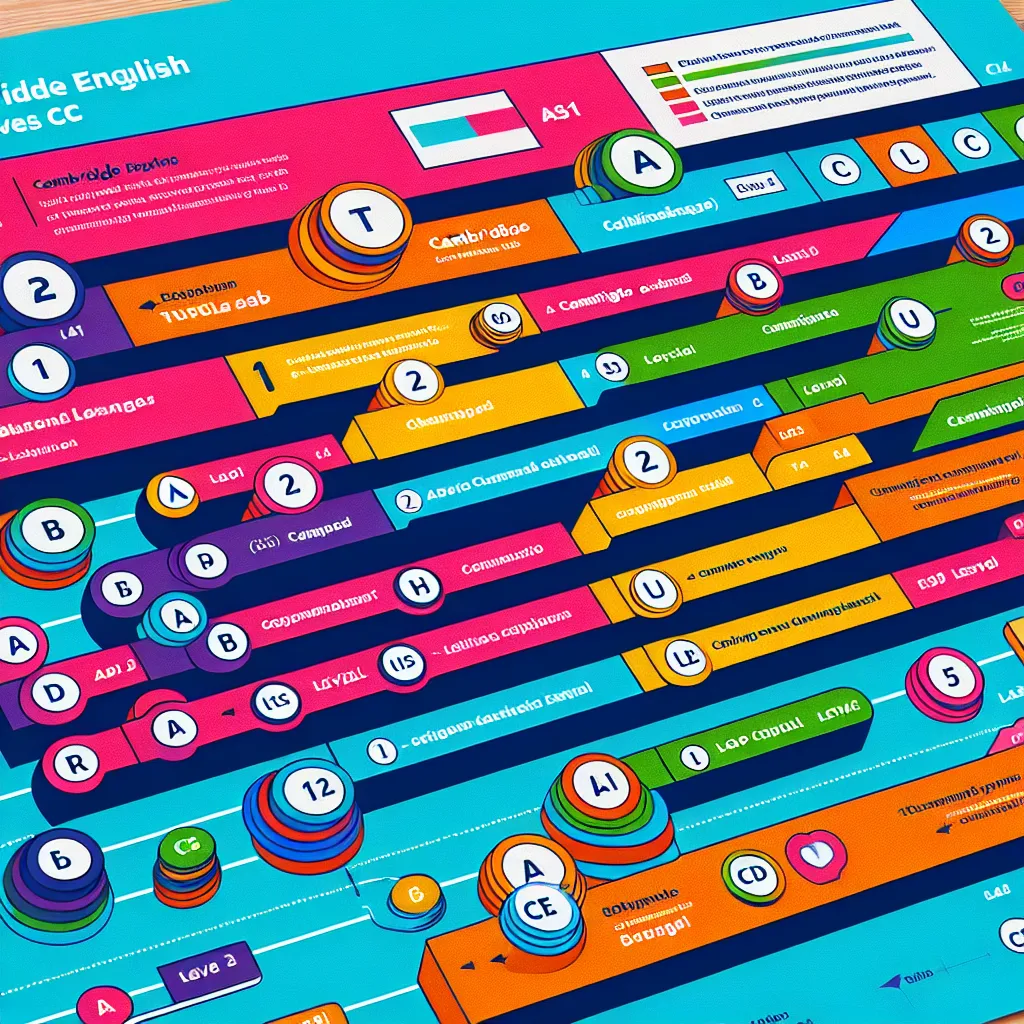Are you preparing for the Cambridge Writing Task 1 and feeling unsure about how to craft an effective comparison? You’re not alone. Many students find this task challenging, but with the right approach, you can master it and boost your score. In this comprehensive guide, we’ll explore the key strategies and techniques to help you write a stellar comparison for Cambridge Writing Task 1.
Understanding the Cambridge Writing Task 1 Comparison
Before diving into the specifics of writing a comparison, it’s crucial to understand what the examiners are looking for in this task. Cambridge Writing Task 1 typically requires you to compare and contrast two pieces of information, such as graphs, charts, or diagrams. Your ability to analyze, interpret, and communicate this information clearly and coherently is what’s being assessed.
Why Comparison Skills Matter
Developing strong comparison skills is essential not only for the Cambridge exam but also for academic and professional success. These skills allow you to:
- Analyze complex information efficiently
- Identify key similarities and differences
- Communicate findings clearly and concisely
- Draw meaningful conclusions from data
 Cambridge Writing Task 1 Comparison
Cambridge Writing Task 1 Comparison
Key Elements of a Successful Comparison in Cambridge Writing Task 1
To excel in your comparison writing, focus on these essential elements:
1. Clear Structure
A well-organized essay is crucial for effective communication. Use this structure:
- Introduction: Briefly summarize the main features of both pieces of information
- Body Paragraph 1: Discuss similarities
- Body Paragraph 2: Discuss differences
- Conclusion: Summarize key points and provide an overall assessment
2. Appropriate Language
Use a range of comparison language to showcase your vocabulary skills:
- Similarities: “similarly,” “likewise,” “both,” “equally”
- Differences: “in contrast,” “however,” “on the other hand,” “whereas”
- Comparative adjectives and adverbs: “higher,” “more significantly,” “less frequently”
3. Accurate Data Interpretation
Ensure you:
- Identify key trends and patterns
- Support your observations with specific data points
- Avoid over-generalizing or making unsupported claims
4. Coherent Paragraphing
Each paragraph should:
- Focus on a specific aspect of comparison
- Begin with a clear topic sentence
- Include supporting details and examples
- End with a brief concluding statement
Step-by-Step Guide to Writing Your Comparison
Follow these steps to craft a compelling comparison for Cambridge Writing Task 1:
Step 1: Analyze the Information
- Spend 2-3 minutes studying both pieces of information
- Identify the main features, trends, and patterns
- Note down key similarities and differences
Step 2: Plan Your Essay
- Decide on your main points for similarities and differences
- Organize these points into a logical order
- Allocate time for each section of your essay
Step 3: Write Your Introduction
- Paraphrase the question to show understanding
- Provide an overview of the main features you’ll discuss
Example:
“The charts compare the percentages of people using different modes of transport in City A and City B. At first glance, it is clear that while both cities rely heavily on cars, there are significant differences in the use of public transportation.”
Step 4: Develop Your Body Paragraphs
- Start with similarities, then move on to differences
- Use clear topic sentences to introduce each point
- Support your points with specific data
- Use appropriate linking words to ensure smooth transitions
Example:
“One notable similarity between the two cities is the predominant use of cars. In City A, 45% of commuters use cars, while in City B, the figure is slightly higher at 50%. However, the cities differ significantly in their use of public transport…”
Step 5: Write Your Conclusion
- Summarize the main points of comparison
- Provide an overall assessment or interpretation of the data
- Avoid introducing new information
Example:
“In conclusion, while both cities show a heavy reliance on private vehicles, City B demonstrates a more diverse range of transport options, particularly in its use of public transportation. This suggests that City B may have implemented more effective policies to encourage alternative modes of travel.”
Common Pitfalls to Avoid
Be aware of these common mistakes when writing your comparison:
- Describing data without comparing: Always relate information from one source to the other
- Overuse of basic comparison language: Vary your vocabulary to showcase your language skills
- Neglecting to provide an overview: Always include a brief summary of the main features in your introduction
- Focusing too much on minor details: Prioritize the most significant similarities and differences
 Cambridge Writing Task 1 Tips
Cambridge Writing Task 1 Tips
Practice Makes Perfect
To improve your comparison writing skills:
- Regularly practice with sample tasks from official Cambridge resources
- Time yourself to ensure you can complete the task within the allocated 20 minutes
- Ask a teacher or study partner to review your essays and provide feedback
- Analyze high-scoring sample answers to understand what examiners are looking for
Next Steps
Now that you have a solid understanding of how to write a comparison for Cambridge Writing Task 1, it’s time to put your skills into practice. Start by finding sample tasks and dedicating time each week to writing comparisons. Remember, consistency is key to improvement.
As you continue your Cambridge exam preparation journey, don’t forget to explore other aspects of the writing test and work on your overall English language skills. With dedication and the right approach, you’ll be well on your way to achieving the score you desire.
[internal_links]




